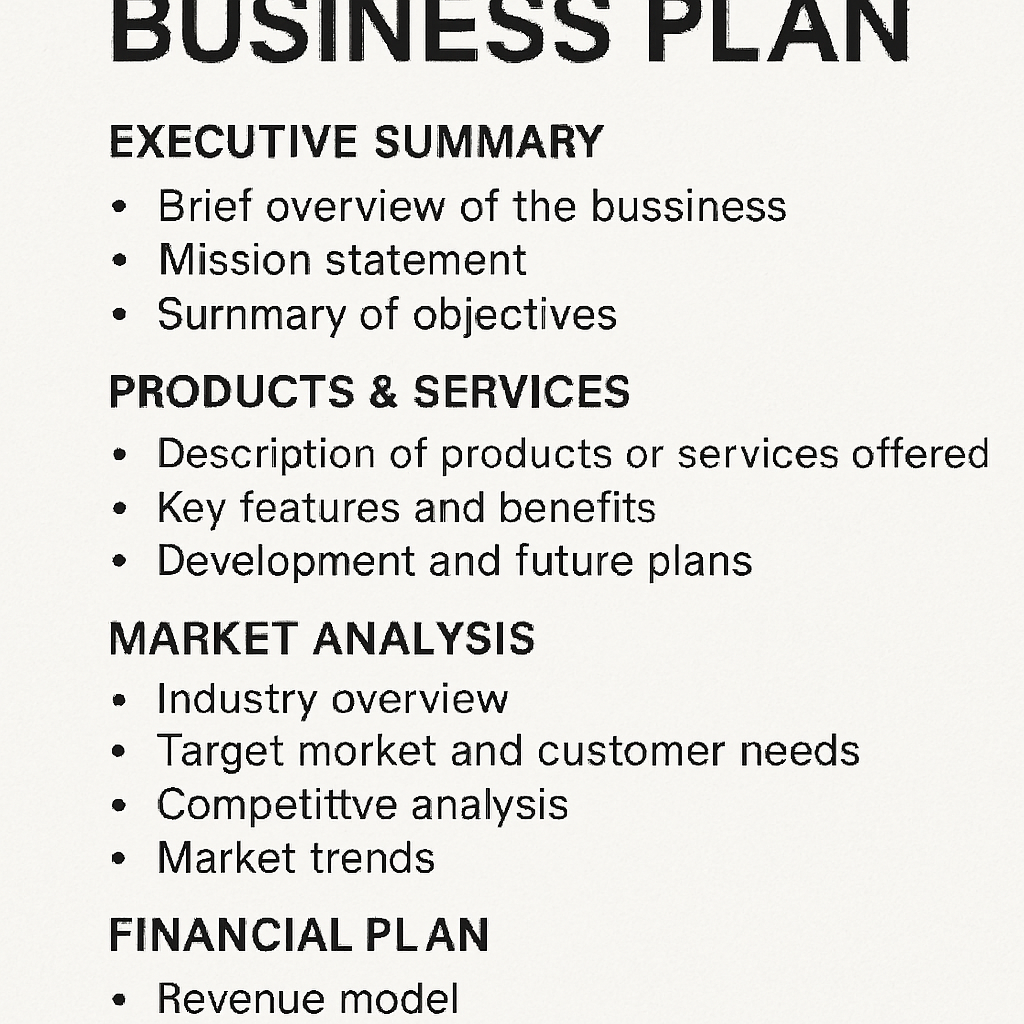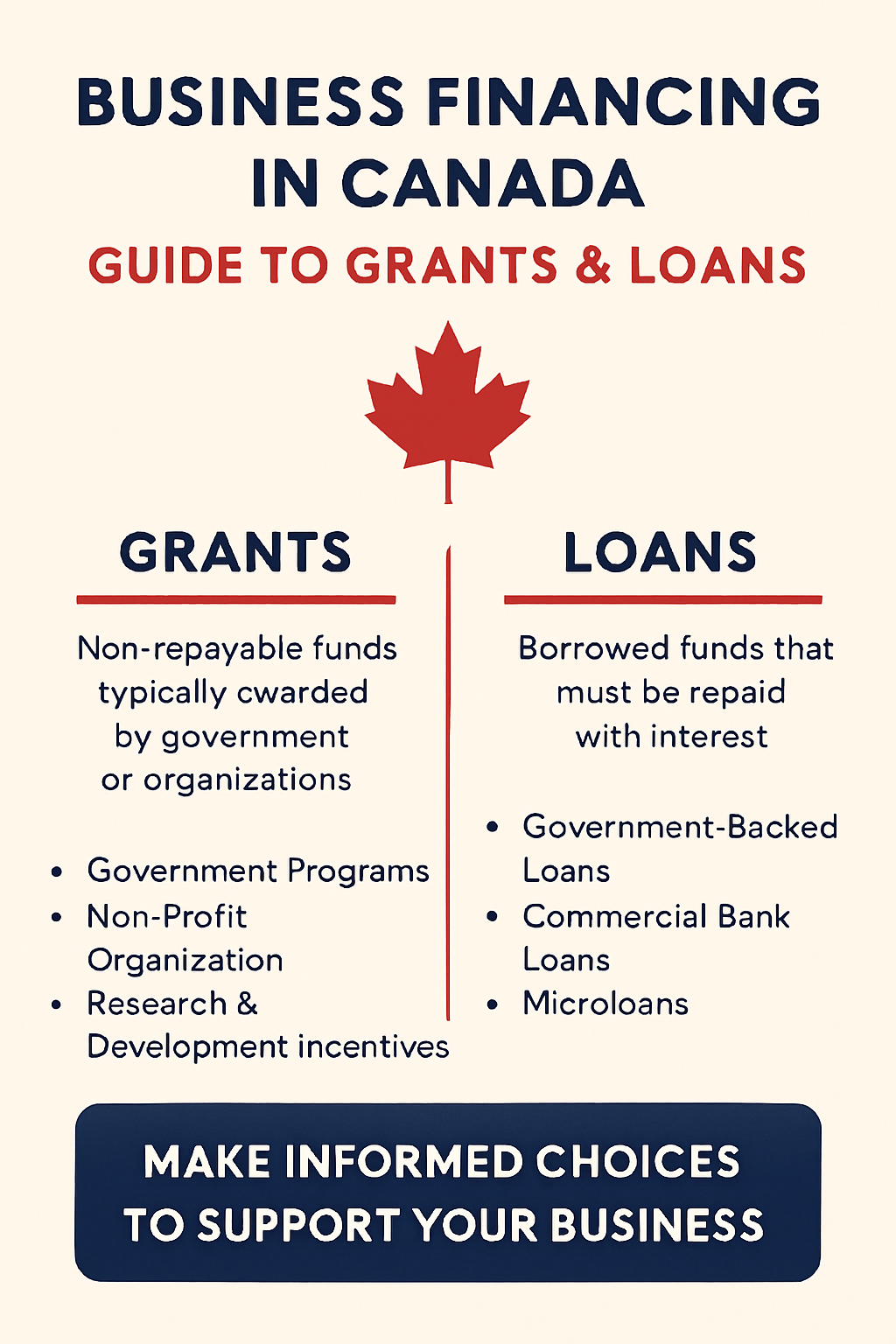Forecasts are not just numbers in a table: they are strategic tools that provide insight into the future of your business. When used effectively, they can reveal challenges and opportunities, allowing you to make informed decisions. This foresight is valuable, especially in an ever-changing economic landscape marked by technological advancements and shifting consumer behaviors. By mastering the art of financial forecasting, you can set realistic goals, allocate your resources efficiently, and lay the groundwork for sustainable growth.
A forecasting model is essentially a structured method for anticipating future financial performance. It provides a framework for estimating revenues, expenses, and other financial indicators based on historical data and assumptions about upcoming market conditions. These forecasts are not only useful for internal planning but are often required by investors and financial institutions when seeking funding. They demonstrate your expertise and strategic foresight to potential stakeholders.
Forecast formats play the role of a universal language in the business world, allowing for the clear presentation of complex financial data. By standardizing the presentation of forecasts, they ensure consistency and readability, facilitating better communication with your stakeholders. Whether you're addressing a board of directors or sharing your plans with your team, using established formats enhances your credibility and helps you effectively convey your vision.
Types of Forecast Formats
There are several commonly used forecasting formats in businesses, each with a specific purpose and can be tailored to various needs. Understanding the differences and uses of each format is essential for choosing the right tool for your situation.
Some are better suited for long-term strategic planning, while others are appropriate for short-term operational forecasting. By aligning the forecasting format with your goals, you obtain more actionable insights and optimize your decision-making.
Financial Forecasts
Financial forecasts estimate a company's future financial results. They typically include income statements, balance sheets, and cash flow statements. These forecasts are essential for setting financial goals and securing financing. They form the backbone of any solid business plan, illustrating the projected financial trajectory over a given period.
They also allow the company to prepare for different economic scenarios. By evaluating multiple financial trajectories, companies can develop contingency plans and adjust their strategy to mitigate risks. This proactive approach protects the company from slowdowns and prepares it to seize new opportunities.
Sales Forecast
Sales forecasts estimate sales volumes and future revenues. They are an important aspect of financial forecasting, helping to set business targets and anticipate cash flow. Accurate sales forecasts are crucial for inventory management, marketing strategy, and team sizing, ensuring that resources match anticipated demand.
They are also essential for communicating the company's potential to investors or lenders, who scrutinize them to assess growth and profitability prospects. Detailed and realistic sales projections can strengthen your credibility during fundraising or loan applications.
Cash Flow Forecast
Cash flow forecasts estimate the incoming and outgoing financial flows over a given period. They help ensure that the company has enough liquidity to cover its obligations and avoid cash flow difficulties. Maintaining a positive cash flow is essential for daily operations and long-term sustainability.
Proper cash management also allows for seizing opportunities — investing in new technologies or expanding your business —, negotiating favorable terms with suppliers, and controlling your debt, thus improving overall financial health.
How to Create a Financial Forecast
Here is a step-by-step guide to creating financial forecasts:
Step 1: Collect Historical Data
Gather past income statements, balance sheets, and cash flow statements. These data provide a foundation for your projections. Analyzing past performance helps identify trends that will guide your estimates.
Incorporate qualitative data (market studies, customer feedback) to enrich the figures and contextualize the trends. This approach ensures forecasts are grounded in reality.
Step 2: Formulate Hypotheses
Develop hypotheses about market evolution: economic trends, sector innovations, consumer behavior. Base them on reliable sources to enhance their credibility.
Document your hypotheses for greater transparency. Review them regularly as new information emerges to keep your forecasts relevant.
Step 3: Develop Forecasts
Using historical data and your assumptions, build your forecasts:
- Income Statement : estimate revenues, cost of sales, expenses to project the net income.
- Balance Sheet: anticipate assets, liabilities, and equity.
- Cash flow : assess inflows and outflows to project the final cash position.
Manage these forecasts through a spreadsheet or financial modeling software. The more accurate and detailed your projections are, the more effectively they will guide your decisions.
Step 4: Review and Adjustment
Analyze the forecasts to verify their accuracy. Consider various scenarios (optimistic, pessimistic) to prepare for different eventualities.
Involve your stakeholders in the review process to enrich the assumptions and align the projections with strategic objectives. A collaborative approach strengthens the robustness and reliability of the forecasts.
Financial Forecasting Formats and Templates
Illustration by Angelina Korolchak
Here are some frequently used templates:
Financial Forecasting Model
Comprehensive (income statement, balance sheet, cash flow), it provides a structured framework for entering data and generating projections. Ideal for simplifying the process, especially for small businesses or start-ups.
These templates are easily customizable to your needs, allowing you to focus on key performance indicators (KPIs).
Sales Forecast Format
Sales-specific: details figures by product/service, growth rate, and sales targets. Useful for spotting trends and opportunities in the sales pipeline.
Promotes alignment between marketing and sales teams, improving the effectiveness of campaigns and, ultimately, revenue growth.
Cash Flow Forecast Model
Designed to estimate operational, investment, and financing flows. Essential for managing liquidity and anticipating future obligations.
Regular updates allow for the quick identification of cash flow tensions and to act before they become critical.
Financial Forecast Model Example
A pre-filled example that shows how to structure data. It serves as a guide for those who are new to financial modeling, helping to master the complete structure of a good forecasting system.
Analyzing these models allows adopting best practices and detecting mistakes to avoid, in order to gain accuracy.
Advantages of Forecast Formats
- Better decision-making : forecasts provide key information on future performance, allowing to anticipate opportunities and prevent risks.
- Financial planning : they help to set goals and prepare for growth. By aligning projections with priorities, you optimize resource allocation.
- Credibility with investors: accurate projections strengthen investor confidence and facilitate access to financing. Demonstrating your financial expertise validates your vision.
- Uniformity and transparency: the use of standard formats ensures consistency and clarity, facilitating communication with all stakeholders.
Current Challenges
Uncertainty and Hypotheses
Forecasts are based on uncertain assumptions. It is crucial to update them regularly in light of new data.
Consulting industry experts and market studies improves the quality of assumptions and reduces the risk of error.
Complexity
Forecasts can become complex and require strong financial skills. The use of specialized tools or the support of experts can facilitate the process.
Training your team to master these tools increases organizational resilience.
Data Accuracy
The reliability of forecasts depends on the quality of historical data. Regularly check and audit the data to ensure its integrity.
Implementing robust data management and validation systems strengthens the foundation of your decisions.
Conclusion
Understanding and effectively using different forecast formats is essential for navigating financial planning. By relying on suitable tools, you can create accurate projections that guide your decisions and promote the growth of your business. This proactive stance allows you to adapt and thrive in an ever-changing market.
Whether it's for an investor presentation or setting sales targets, well-structured projections can guide your business to success. Mastering the art of financial forecasting helps to build a strong and agile organization, capable of seizing opportunities and overcoming challenges for lasting success.



 Carl Lucier
Carl Lucier
